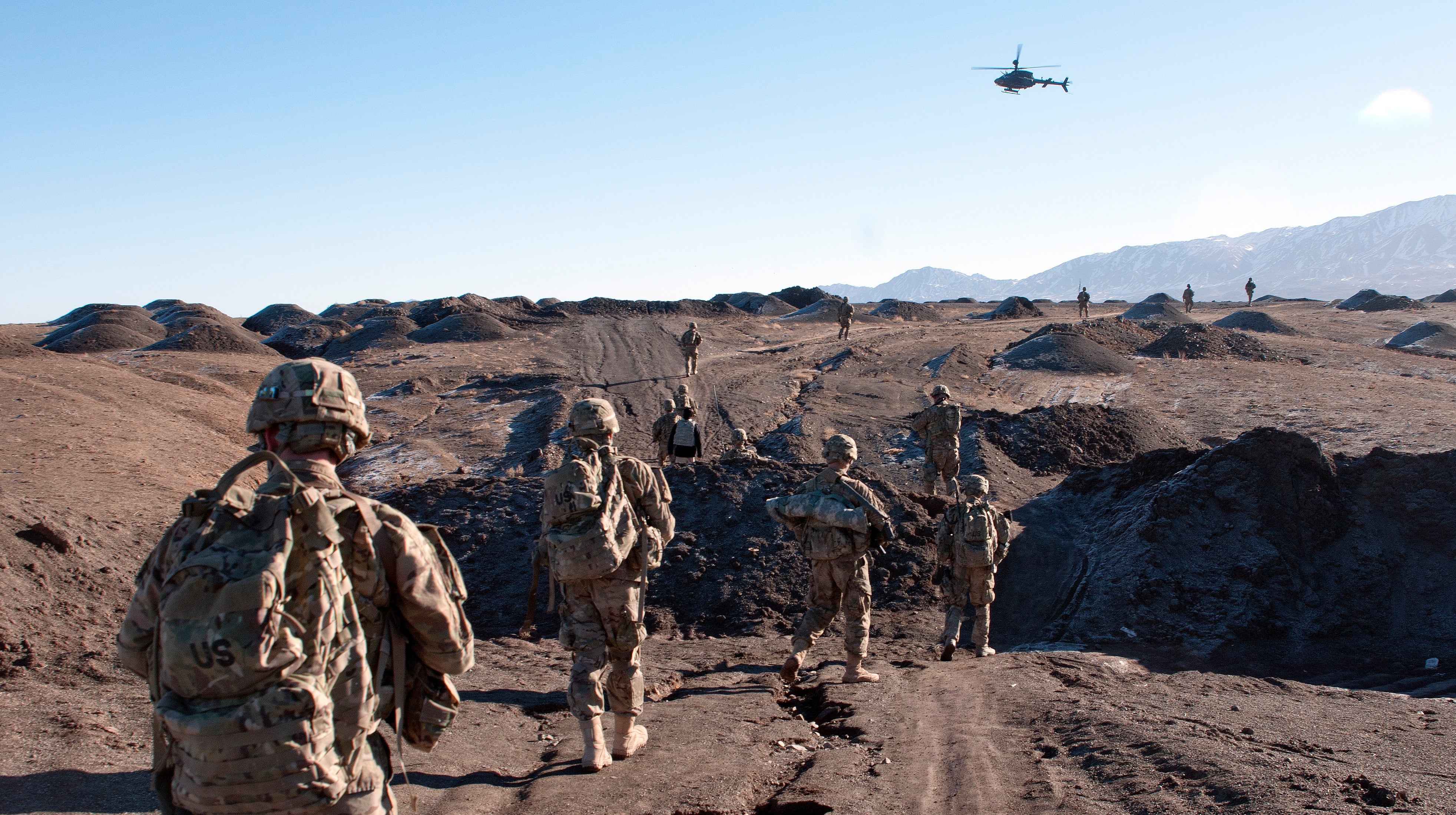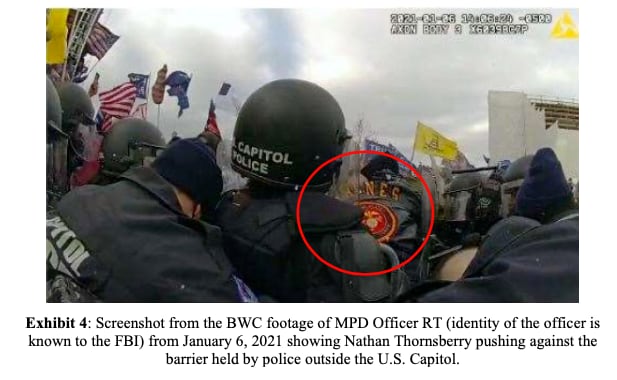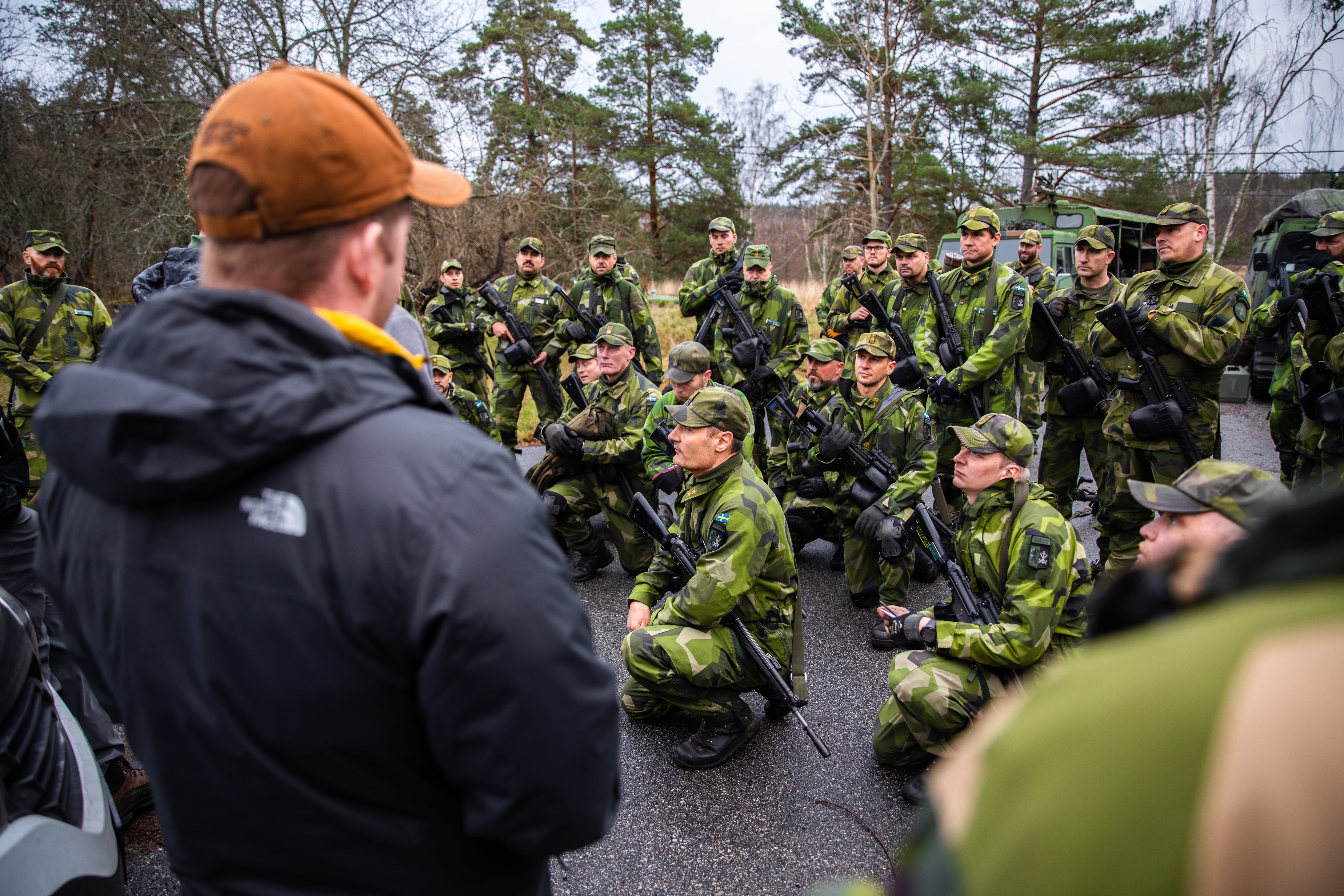Mullah Mohammad Omar, the one-eyed Taliban leader who served as the group’s figurehead prior to the U.S. entrance into Afghanistan until his death in 2013, reportedly lived no more than three miles from a major coalition military base that intermittently housed U.S. and British special operations forces, as well as conventional coalition troops.
Omar apparently lived for more than a decade in a shack near a well-patrolled route, where he would often hear coalition troops being ambush by insurgents, warplanes flying overhead and U.S. forces on patrol.
The claim comes from a new book entitled “Searching for An Enemy” by Dutch journalist Bette Dam. The book’s primary findings are available online in English through a partnership with the Zomia Center — an initiative of Arizona State University’s Center on the Future of War and New America, a D.C. think tank.
Afghan President Ashraf Ghani’s deputy chief of staff, Haroon Chakhansuri, said the president’s offices “strongly reject” Dam’s book, calling it a “delusional claim” that Omar lived and died in Afghanistan.
“We see it as an effort to create and build an identify for the Taliban and their foreign backers,” Chakhansuri said over Twitter. “We have sufficient evidence which shows he lived and died in Pakistan. Period!”
In response to the book, Taliban spokesman Zabihullah Mujahid reiterated the militant group’s long-held position that Omar lived and died in Afghanistan. However, the Taliban hid the fact that Omar had died for two years, before being discovered by Afghan intelligence in 2015.
Dam defended her work over social media Monday, saying that she doesn’t “think [her] work is pro-Taliban, or anti U.S.”
“It’s an attempt to crosscheck narratives,” Dam said. “If we hear only a single story about another person or country, we risk a critical misunderstanding.”
Omar, who had a $10 million bounty placed on his head by the U.S. government, lived out his life in Zabul province, within walking distance of Forward Operating Base Wolverine, Dam alleges. The U.S. intelligence community had long thought that Omar had escaped over the mountains to Pakistan and remained in hiding there until his death like al-Qaida leader Osama bin Laden.
The new research also runs counter to the Taliban’s own narrative, which maintained that Omar remained in control of the insurgency for the rest of his life.
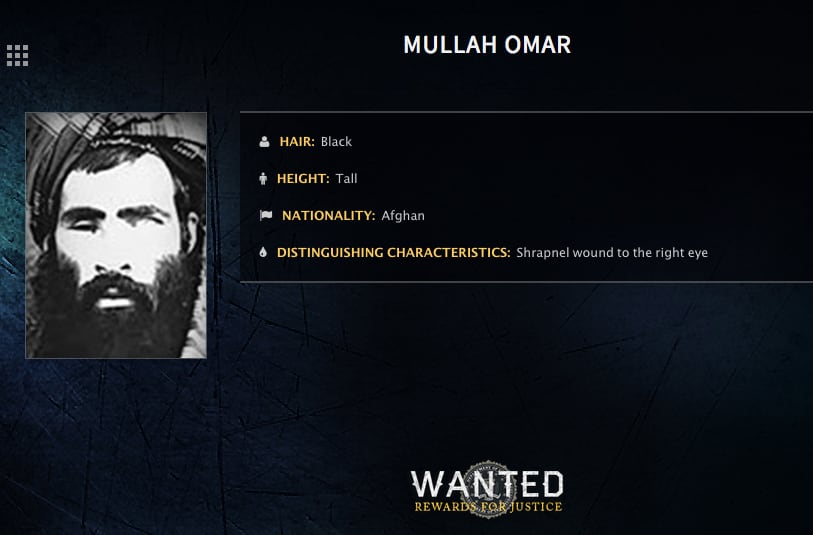
Omar refused to go to Pakistan due to a “deep-seated mistrust of that country,” Dam wrote. And while he lost operational control over the insurgency, he remained the focal point of Taliban propaganda for religious and cultural reasons familiar to southern Afghans, including a perception of other-worldliness and selflessness.
Dam wrote that this was in contrast to bin Laden, who was known for fiery edicts and a more vocal charisma.
“In this sense, the story of Mullah Omar shows us just how different the Taliban and al Qaeda really are," Dam wrote. "Today, as the prospect of peace hinges, in part, on trusting whether the Taliban can indeed split with al Qaeda, understanding Mullah Omar’s story is more crucial than ever.”
Dam lived in Kabul from 2009 to 2014 and said that she interviewed dozens of Taliban leaders. She also said she interviewed Afghan and U.S. officials before getting an interview with the man who guarded Omar for 12 years in December. That guard is currently in the custody of Afghanistan’s national intelligence agency.
RELATED
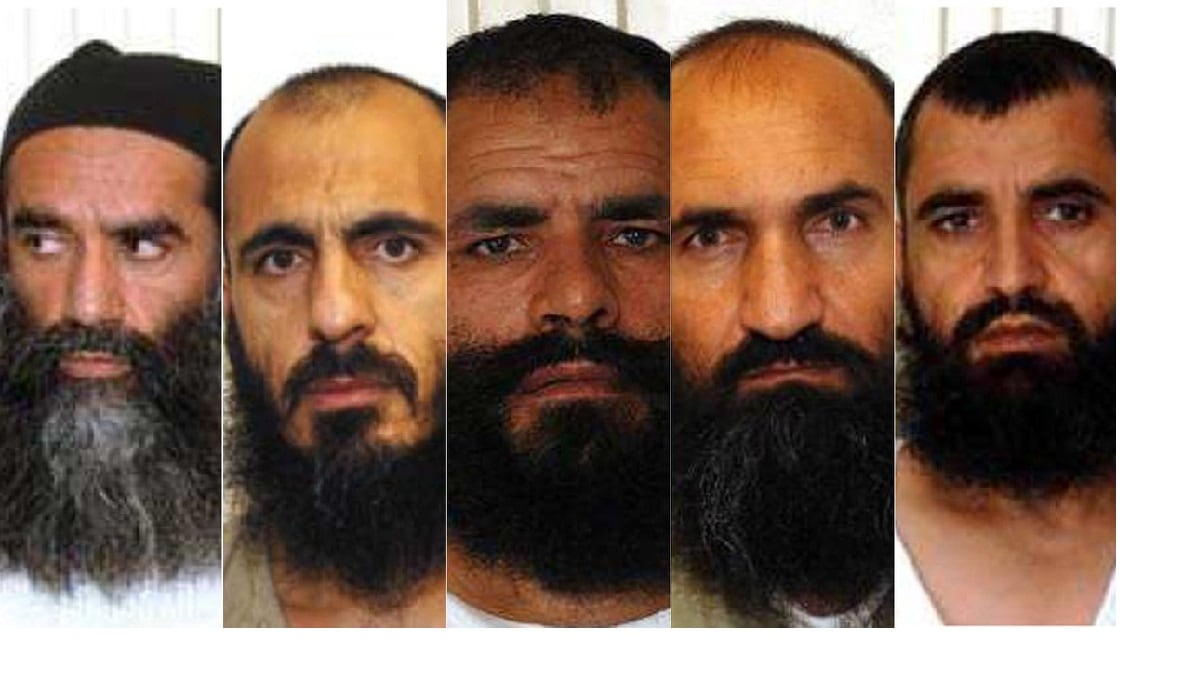
Several months after the onset of the U.S. invasion, the Taliban had been broken by U.S. special operations forces, the CIA and local “Northern Alliance” allies. Many senior leaders of the militant group wanted to surrender, according to the new book.
In early December 2001, Omar summoned Taliban leaders and agreed to relinquish power to a deputy commander in order to surrender to the newly installed Afghan president, Hamid Karzai, Dam wrote.
Karzai then announced amnesty for the Taliban not long after, but he remained committed to tracking al-Qaida, according to the BBC Pushto Service and Pakistan’s Dawn News.
“But the United States felt otherwise,” Dam wrote. “Washington considered the Taliban a serious threat, and Mullah Omar was still the most-wanted terrorist after bin Laden. Defense Secretary Donald Rumsfeld called Karzai and demanded he renounce his media statement and withdraw amnesty for Mullah Omar.”
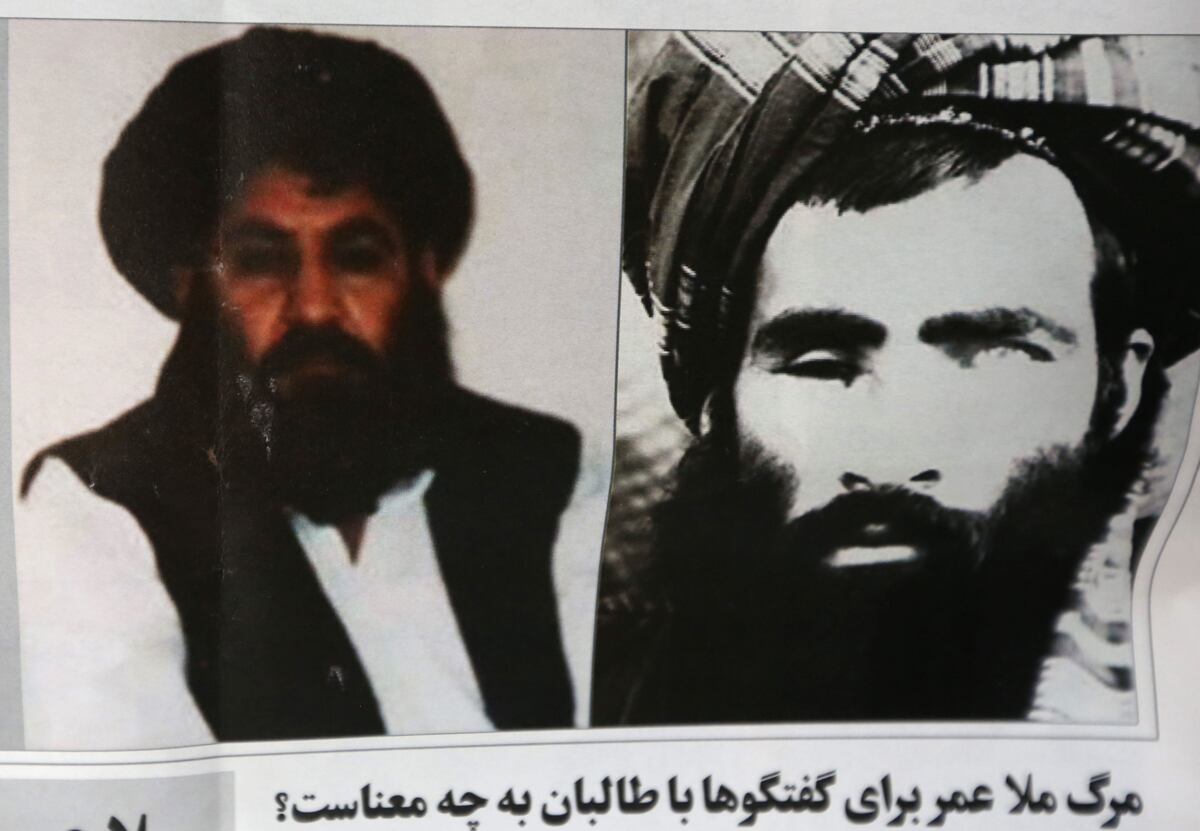
Omar allegedly escaped to Zabul province and went into hiding, while many other senior Taliban leaders fled to Pakistan.
Omar lived in a small shack that soon found itself a one-hour walk away from FOB Wolverine. The base, equipped with a gym, mess hall and offices, played host to Lithuanian troops training local Afghan police, U.S. Navy SEALs, British Special Air Service operators, and other forces.
Omar and his guard would often hear U.S. aircraft flying overhead, troops walking by and even Taliban attacks on passing coalition convoys.
“Fearful he would be caught, Mullah Omar often hid in one of the irrigation tunnels,” Dam wrote.
“'Sometimes there was only a table width between us and the foreign military,'” Omar’s bodyguard told Dam in an interview.
Karzai reportedly received intelligence from Afghan operatives that Omar was indeed in Zabul province, but Dam wrote in her book that the U.S. government continued to believe he fled to Pakistan based on a misunderstanding of Omar’s allegiance and relation to Pakistan’s intelligence service.
Dam’s book alleges that the Pentagon and CIA had little knowledge of Omar’s whereabouts, as evidenced by high profile leaks by former U.S. contractor Edward Snowden in 2013.
“In the documents leaked by Edward Snowden, ‘BLANCO’— the call sign the military had assigned to Mullah Omar — appears only a couple of times, and the mentions reveal no details about his location or activities,” Dam wrote.
The book does confirm some details that align with the official narrative. In April 2013, Omar died of an illness believed to be tuberculosis. He was then buried in a nondescript grave without a coffin, according to Dam.
Akhtar Mansour had been the operational leader of the Taliban at the time of Omar’s death, and he continued to lead the group privately until Omar’s death was made public in 2015 by Afghan intelligence. Mansour then became the public leader of the group.
Mansour was killed in May 2016 by a U.S. drone strike in Pakistan.
Kyle Rempfer was an editor and reporter who has covered combat operations, criminal cases, foreign military assistance and training accidents. Before entering journalism, Kyle served in U.S. Air Force Special Tactics and deployed in 2014 to Paktika Province, Afghanistan, and Baghdad, Iraq.
